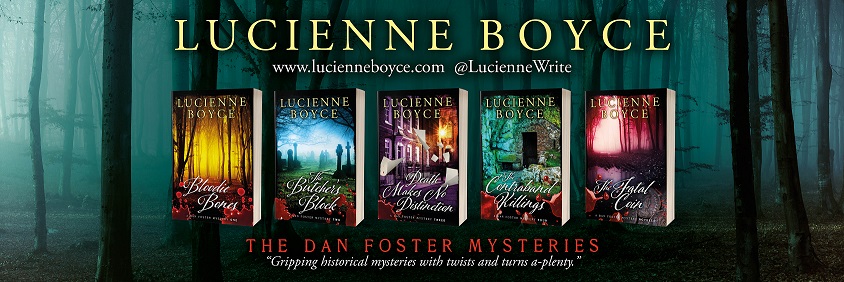The latest Suffragette Spotlight On looks at the work of Worcestershire campaigner, Florence Feek... On 31 March 1909, thirty suffragettes attempted to get into the House of Commons to speak to Prime Minister Asquith. Nine of them were arrested after a struggle with the police. Amongst them was Florence Eliza Feek of Pershore. Florence was the daughter of Julius Harnworth Feek, who was the minister of the Baptist church at 2 Broad Street for thirty one years until his retirement in 1903. He was also on the Board of Guardians, and a district and parish councillor. The family lived at Myrtle Cottage, Pershore. Florence was a civil servant who worked in the General Post Office at St Martin Le Grand in London, and was also involved in social work with women and girls. It was that social work, she said, that made her a militant, for it “ confirmed her in the belief that much of it under present economic conditions must fail”. She became a member of the Women’s S...
